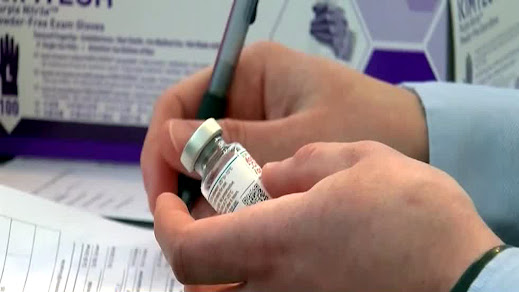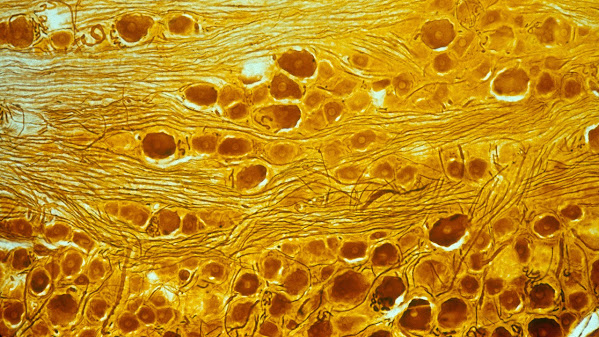Even with precautions, indoor dining increases spread of COVID-19, CDC says
Asked workers and cooks, socially separated tables, and rules about eliminating one's veil just to eat still aren't sufficient to check the spread of the novel Covid during indoor eating.
That is as per another examination distributed by the Centers for Disease Control and Prevention (CDC), which adds to mounting research that there is an association between feasting out and expanded COVID-19 flare-ups.
Scientists inspected region-level information from March 1 to December 31, which tracked down that every day contaminations and passing rates diminished 20 days after cover orders. They likewise tracked down that six to 11 weeks after provinces returning their cafés for on-premise feasting, an ascent in contaminations and passings followed.
"Veil orders were related with genuinely critical declines in district level every day COVID-19 case and demise development rates inside 20 days of execution," the scientists state in the examination. "Permitting on-premises café feasting was related with increments in the area-level case and passing development rates inside 41–80 days in the wake of resuming."
Remarkably, the CDC has a few speculations concerning why there was a postponed increment in COVID-19 cases six to 11 weeks after where provinces and states permitted eateries to resume. In the first place, they conjecture that café attendees may have acted "all the more mindfully" during the primary long stretches of feasting re-opening, and afterward turned out to be less careful as time passed. Then again, it is possible that eateries held up half a month to officially re-open after provinces lifted their orders denying café feasting. (Coronavirus side effects commonly surface fourteen days after disease, which is the reason a six to multi-week deferred increment in contaminations is impossible to miss.)
One admonition to the examination is that the information the CDC gathered "didn't separate among indoor and outside feasting, the sufficiency of ventilation, and adherence to physical removing and inhabitance prerequisites," as per the report. At the end of the day, we are seeing a, generally speaking, factual inspecting of what happens when locales open up eating, both indoor and open air. Forebodingly, that infers that outside feasting could be hazardous, as well.
"Further investigations are important to assess the deferred increment on the off chance that and demise development rates," the CDC report states.
A different CDC study distributed in September 2020 found that individuals with affirmed COVID-19 cases were twice as liable to have eaten at a café over the most recent 14 days before becoming ill than the individuals who tried negative for the Covid. The examination got a basic reaction from the National Restaurant Association. "It is untrustworthy to stick the spread of COVID-19 on a solitary industry," the exchange bunch said in an articulation. "Cafés have verifiably worked with profoundly managed wellbeing conventions dependent on the FDA's Food Code and have found a way extra ways to meet the safe working rules needed by CDC, FDA, OSHA, government, state, and nearby authorities."
The CDC's most recent investigation shows up when more states and urban communities are allowing cafés to open their entryways without limits—and when eateries and bars are in a coma after being closed down, here and there, for almost a year. The National Restaurant Association assessed that industry deals fell by $240 billion every 2020.
There have been many articles posing the inquiry: "Is indoor eating safe?" Most, if not all, propose it's not by aggregating examination and exhortation from clinical specialists—except if it's done cautiously. Measures like social removing in an all-around ventilated space, and having benefactors wear veils except if they're eating and drinking, are regularly exhorted and answered to bring down the action's danger. The CDC clarifies on its site: "The more an individual communicates with others, and the more drawn out that connection, the higher the danger of COVID-19 spread."
"Covers may diminish the danger of COVID-19 spread when they are reliably utilized by clients and workers, particularly when social separating measures are hard to keep up," the CDC states. "The danger of COVID-19 spread expansions in an eatery or bar setting as communications inside 6 feet of others increment, as depicted beneath."
However, in the new CDC study, the government office presumes that restricting nearby eating could moderate the spread of COVID-19 on account of future episodes with new variations.
"With the development of more contagious COVID-19 variations, local area alleviation measures are progressively significant as a feature of a bigger technique to diminish openness to and lessen the transmission of SARS-CoV-2," the investigation states. "Local area relief arrangements, for example, state-gave cover commands and disallowance of on-premises café eating, can lethargic the spread of COVID-19, particularly whenever actualized with other general wellbeing methodologies."



Comments
Post a Comment